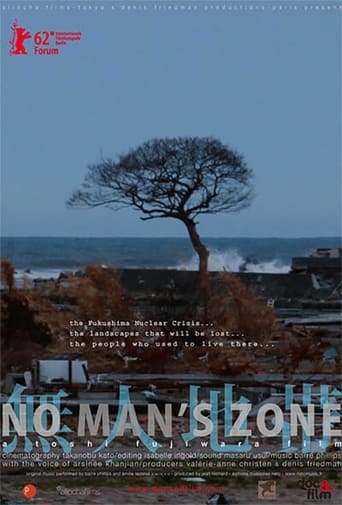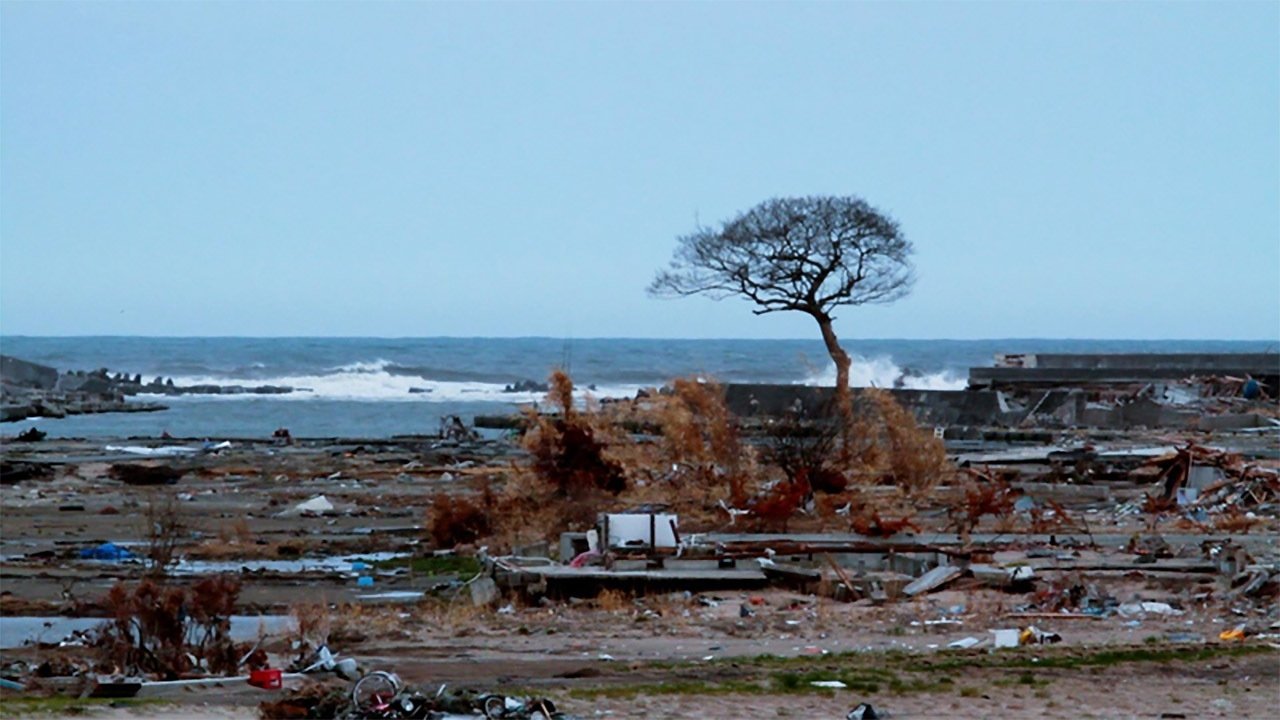

On March 11, 2011, a tsunami struck the coast of Fukushima causing the meltdown of a nearby power plant. Within 24 hours the population within a 20-km radius was ordered to evacuate. Shortly thereafter Toshi Fujiwara entered the so-called "No Man's Zone," interviewing those who either could not or did not want to leave. Haunted by imperceptible traces of radiation, Fukushima has been transformed into an atmosphere of silence and disintegration, a land of cherry blossoms and ghosts in white protective clothing.
 AD
AD
All Prime Video
Cancel anytime

On March 11, 2011, a tsunami struck the coast of Fukushima causing the meltdown of a nearby power plant. Within 24 hours the population within a 20-km radius was ordered to evacuate. Shortly thereafter Toshi Fujiwara entered the so-called "No Man's Zone," interviewing those who either could not or did not want to leave. Haunted by imperceptible traces of radiation, Fukushima has been transformed into an atmosphere of silence and disintegration, a land of cherry blossoms and ghosts in white protective clothing.
The movie is currently not available onine
Takanobu Kato
,